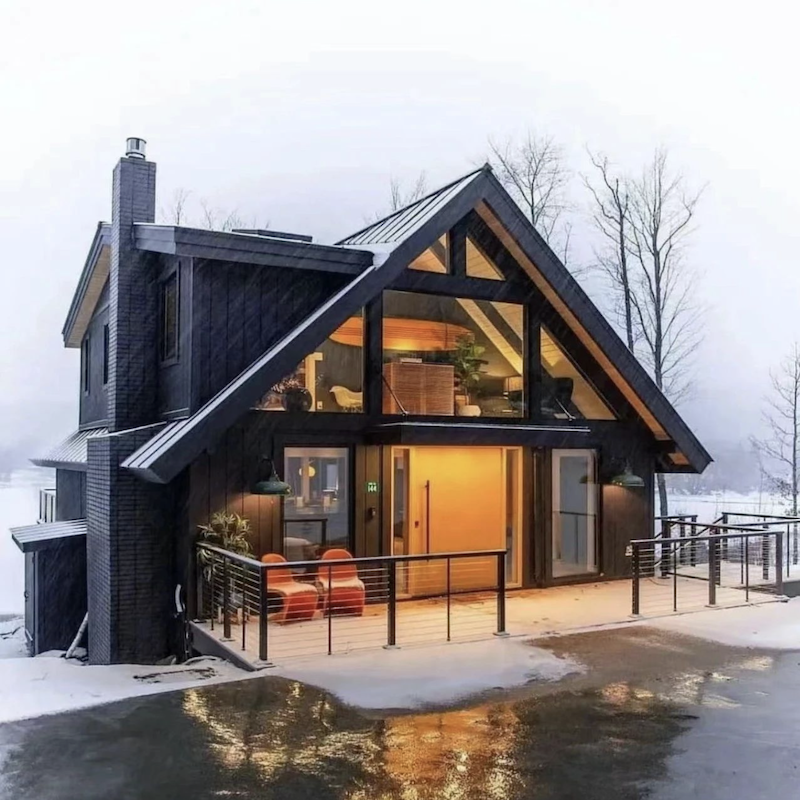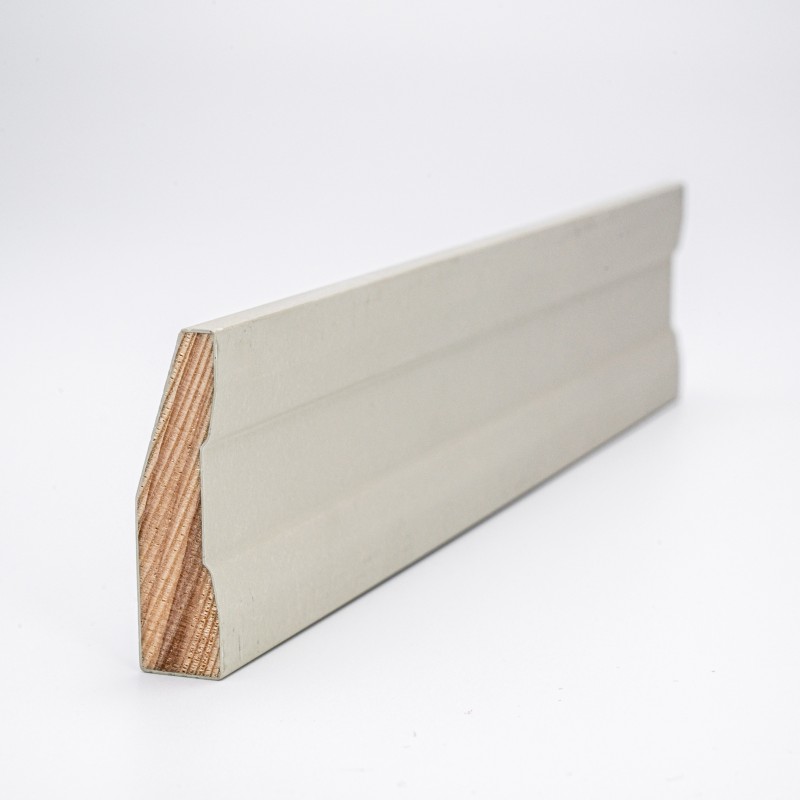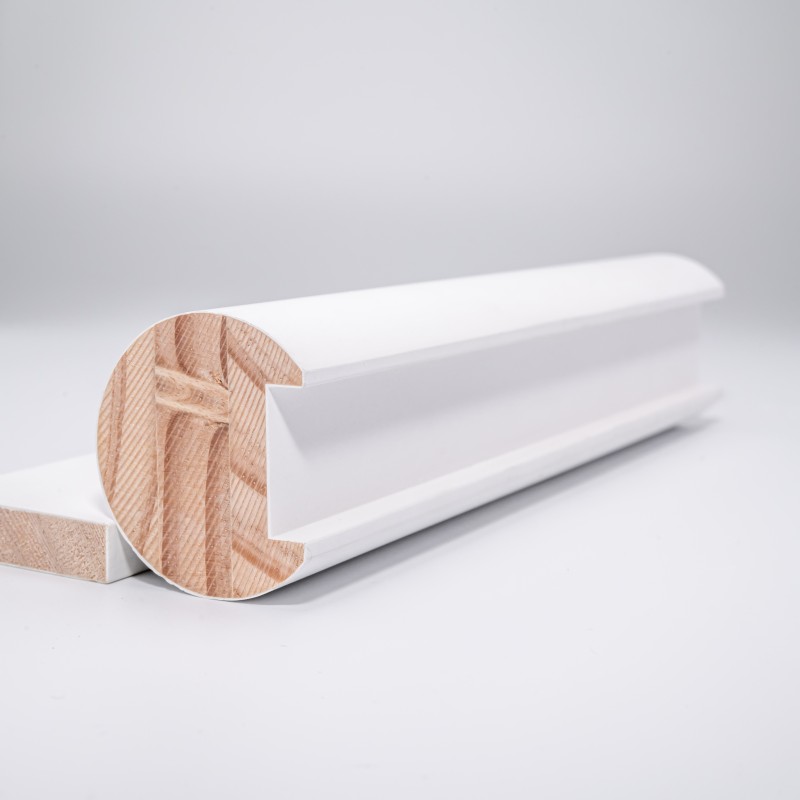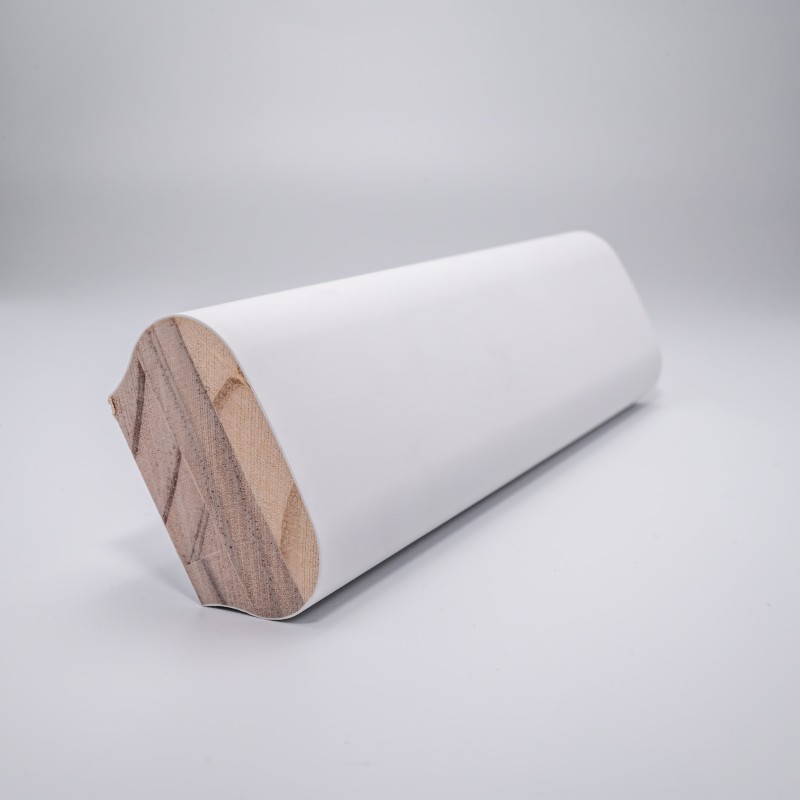Why wooden houses are the best choice for living
Wooden houses are the mainstream leisure and home furnishing products in the world. Its design and construction have developed to a very high level. Wooden houses are built with pine wood with beautiful patterns and soft colors. They are warm in winter and cool in summer, and moisturizing and heat-insulating. According to the unique properties of wood, longevity can be achieved. Finland has a long history of building wooden houses. About 90% of family houses in Canada and North America are Wood Frame Construction. Humans have used wooden houses for thousands of years around the world. A large number of ancient buildings in my country also use Wood Frame Construction. Wooden houses are easy to maintain. Some houses with a history of more than 200 years in Finland and North America are still in safe use. Of course, this requires some maintenance, but general concrete houses need to be rebuilt after about 50 years. Therefore, in comparison, wooden houses obviously have a longer service life. Due to the characteristics of the light wood structure, its internal structure is flexibly arranged. Different decorative materials can be used on the wood base of the structural exterior wall to enrich the facade; the interior design of the wooden house is based on the principles of natural health and comfortable use; the functional division is reasonable to meet the functional needs of home life, carefully consider the diverse family structures, suitable for people of different ages to live in, and can meet the various design styles of developers and the individual needs of consumers.
Characteristics and advantages of wooden villas
● Earthquake resistance
Wooden villas have good life safety performance in earthquakes. Wooden villas use mortise and tenon structures, and the main structure is staggered and connected, which has good stability. As a structural material, wood has significantly better seismic performance than other materials. Wood is light and strong, so the energy generated by ground acceleration on wooden buildings is not as large as other buildings. Another additional advantage of the wooden frame system is that it is more flexible than other materials and can absorb and dissipate energy. In this type of building, the wooden components are small, standardized in size, and closely spaced. Most frames consist of three parts: vertical wall bones that form the wall skeleton; horizontal joists that form the floor; and rafters or trusses that support the roof. When the wall is formed by diagonally braced wooden boards or lightweight wood-based boards to form a wall covering, it has lateral resistance and thus forms a shear wall system - lightweight, high-strength, and high-construction efficiency. All components support the building together, allowing it to resist gravity, wind and earthquakes. Practice has proved that Wood Frame Construction have shown their stability and structural integrity under various extreme load conditions. Even if a strong earthquake causes the entire building to be separated from its foundation, its structure is often intact. Wood Frame Construction have high toughness and strong resistance to instantaneous impact loads and cyclic fatigue damage. They have the best seismic resistance among all structures, which has been fully demonstrated in many major earthquake zones. In the Kobe earthquake in Japan in 1995, most of the houses that remained were Wood Frame Construction.
● Durability Wooden villas are all built with high-grade pine wood. Wood is a natural, healthy and highly friendly material. Wooden integrated houses are environmentally friendly and high-end residences. Wood is produced and processed into different wall profiles according to different architectural shapes through modern technology, and then undergoes flame retardant and anti-corrosion treatment processes to make it more durable. It is resistant to sinking stress, drying and aging, and has remarkable stability. If used properly, wood is a stable, long-life and durable material.
● Fire resistance
The wood used in the building structure of wooden villas is treated with "water-based flame retardant treatment agent" for flame retardant treatment, which has a carbonization effect. When exposed to fire, a carbonized layer will form on the wood surface. Its low conductivity can effectively prevent the flame from spreading inward, thereby ensuring that the entire wooden structure will not be damaged for a long time.
● Moisture resistance
People often mistakenly believe that water is the enemy of wood. This is not the case. Wooden buildings can have long-term performance in rainy or humid places. The key is to know how to control moisture when using wood-based building products in design and construction. Generally speaking, the only part of a building that needs to be completely moisture-proof is the building shell, especially the roof, which should drain as much water as possible, but must remain waterproof when storing water. If the building surface can be well waterproofed, then we can believe that other building components in the building do not necessarily need to be waterproof. Timber houses are corrosion-proof and moisture-proof because we dry all building materials. The dried wood can avoid most volume changes. These woods have been pre-dried to a moisture content of less than 19%, and its moisture resistance can even be about 10 times that of brick-concrete structures. Moisture content measures how much moisture a piece of wood contains relative to the weight of the wood itself. The way we calculate moisture content is the weight of the wood when completely dry divided by the weight of the moisture in a given wood sample. If the moisture content of the wood is equal to or less than 19%, then the wood is considered dry. The moisture content of the wood reaches fiber saturation at around 28%, which is the benchmark for shrinkage and decay. Corrosive bacteria generally do not grow unless the moisture content of the wood reaches or exceeds the fiber saturation point. At the same time, we use ACQ, BAC and other preservatives for impregnation of wood for anti-corrosion treatment, and use natural plant oil as a surface coating to prevent water erosion. In fact, compared with other commonly used building materials, wood is less likely to be permanently damaged by occasional soaking. Wooden buildings in rainy or humid places can have long-term problem-free performance.

●Green environmental protection, thermal insulation and energy saving
Wood is a natural, healthy and friendly material. Wooden villas are environmentally friendly and healthy high-end residences. It has excellent thermal insulation performance and saves more than 40% of energy compared to ordinary brick-concrete houses. Its thermal insulation performance is 400 times that of steel and 16 times that of concrete. Studies have shown that the thermal insulation performance of a 150mm thick wooden structure wall is equivalent to that of a 610mm thick brick wall. Wood is the preferred building material for "green buildings". In an era when mineral fuels are decreasing and costs are rising, light Wood Frame Construction have obvious advantages over other building materials. The energy consumption of manufacturing wooden structure building materials is lower than that of steel or concrete, both of which require high-temperature refining and manufacturing. The wooden house is made of all solid wood materials and is called a "breathing house". The indoor air contains a large amount of phytoncide and negative ions known as air vitamins. Phytoncide and negative ions are substances highly recommended by modern "forest bathers". They can effectively kill bacteria in the air, curb diseases, enhance immunity, and have obvious effects on keeping the brain awake, improving concentration, lowering blood pressure, and calming nerves. The radiation of harmful gas radon in wooden houses is extremely low and harmless to the human body; wood has a relatively small impact on factors such as energy consumption, air pollution and water pollution, and greenhouse gas emissions. According to the Institute of Building Environment and Equipment Engineering of Tsinghua University, wooden structure buildings save 5.3% energy compared with light steel structure buildings and 8.1% energy compared with concrete structure buildings. During the life cycle of the building, it can save about 6% of operating costs compared with ordinary concrete roofs. Light wooden structure buildings have the potential to greatly reduce heating and cooling costs during the service life of the residential unit. Compared with other building materials such as steel or concrete, the holes in the wooden structure give wooden houses excellent thermal insulation properties. There is space between the frame structures of light wooden structure buildings to accommodate thermal insulation materials, which can reduce heating and cooling costs, reduce fossil fuel consumption, and maintain a comfortable temperature in an economical way.




